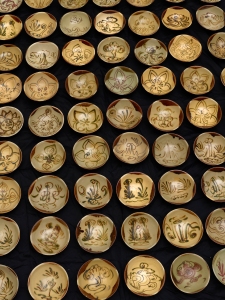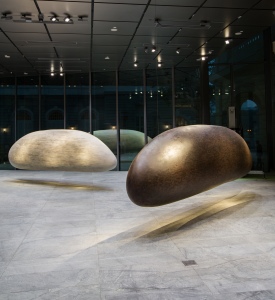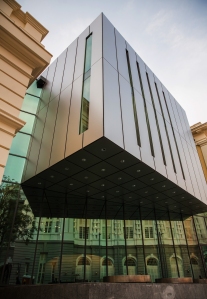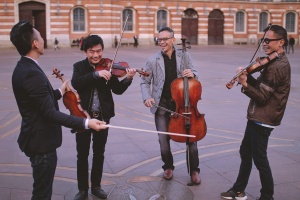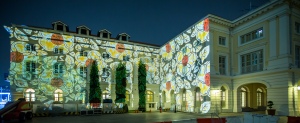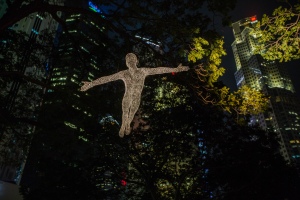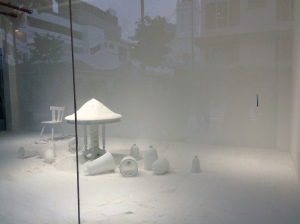I cannot imagine how it would be like living in Gaza. And what brought it home for me was My Mother’s Wing, a short documentary by Vrse.works in collaboration with the United Nations (directed by Gabo Arora and Ari Palitz) that was screened recently at the Tribeca Film Festival 2016.
Eight minutes can make this much of a difference. We see Gaza through the eyes of a family (specifically a mother, Somaia Okal) that lost two sons to the conflict. Gaza is filled with rubble. The landscape is bleak. Shades of grey, jagged edges, dirt paths. It’s filled with misery, with death and destruction. Yet, people still live, and there’s hope in that. There is a support group for mothers who have suffered loss. Families make the best of their situations. They have suffered, but they are so strong. Especially the mother we follow through the 8 minutes. Eight months pregnant in Gaza – I cannot even begin to understand how it must be like.
Part of the reason this hit me so hard was because this is a VR documentary that I watched using Google Cardboard. I was literally in Gaza, with them. But somehow it feels all wrong to be talking about the technology when the documentary itself is reminding me of my position of privilege. There I am, watching them from the comfort of my home using technology they probably can’t even afford. I stub my toe against my bed as I get drawn into the story. Big deal – they don’t even have a bed. I see rubble at my feet, see the destruction around me, hear the stories. But my engagement is only visual and auditory. I don’t experience this day-to-day.
Watching that documentary reminds me of Farah Baker’s tweets. These are not impersonal news reports; these are real people who are speaking directly to us, telling us of their lives and their experiences. Farah Baker, of course, shares sides of Gaza – the beautiful parts of Gaza – that we don’t see in the media, and that is indeed what she also intends to achieve with her tweets.
I read an interview with director Gabo Arora after watching this, where he said pretty much what I felt: “I’m more concerned that something resonates with its craft than just the message. We want to play to people’s subconscious and the poetry. We’re trying to speak to the unspoken inside you. That’s what really drives me.”
The only thing I can say that feels appropriate is, watch it. Just, watch it and you’ll see what I mean. You can download it through the Vrse app on Android and iPhone or view it in 360 degrees here.
